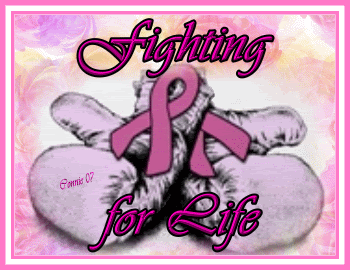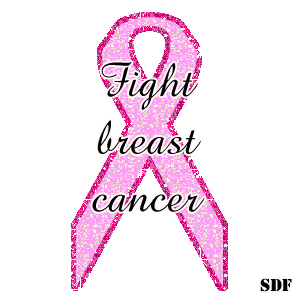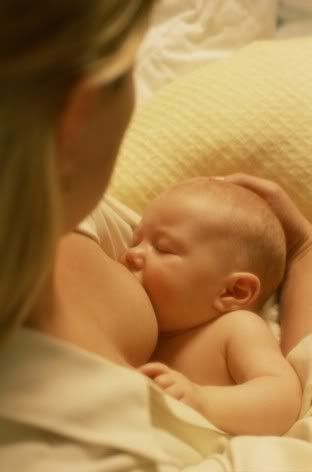Privacy Policy Statement
This is the web site of http://curing-cancer-possible.blogspot.com/.We can be reached via e-mail at intansabreena@yahoo.com
For each visitor to our Web page, our Web server automatically recognizes no information regarding the domain or e-mail address.
We collect no information on consumers who browse our Web page.
With respect to cookies: We do not set any cookies.
If you do not want to receive e-mail from us in the future, please let us know by sending us e-mail at the above address.
From time to time, we make the e-mail addresses of those who access our site available to other reputable organizations whose products or services we think you might find interesting. If you do not want us to share your e-mail address with other companies or organizations, please let us know by calling us at the number provided above.
From time to time, we make our customer e-mail list available to other reputable organizations whose products or services we think you might find interesting. If you do not want us to share your e-mail address with other companies or organizations, please let us know by calling us at the number provided above.
If you supply us with your postal address on-line you may receive periodic mailings from us with information on new products and services or upcoming events. If you do not wish to receive such mailings, please let us know by calling us at the number provided above.
you may receive mailings from other reputable companies. You can, however, have your name put on our do-not-share list by calling us at the number provided above.Please provide us with your exact name and address. We will be sure your name is removed from the list we share with other organizations
From time to time, we may use customer information for new, unanticipated uses not previously disclosed in our privacy notice. If our information practices change at some time in the future we will post the policy changes to our Web site to notify you of these changes and we will use for these new purposes only data collected from the time of the policy change forward. If you are concerned about how your information is used, you should check back at our Web site periodically.
Customers may prevent their information from being used for purposes other than those for which it was originally collected by e-mailing us at the above address.Upon request we provide site visitors with access to no information that we have collected and that we maintain about them.
Consumers can access this information by e-mail us at the above address.Upon request we offer visitors no ability to have factual inaccuracies corrected in information that we maintain about them
With respect to security: We have appropriate security measures in place in our physical facilities to protect against the loss, misuse or alteration of information that we have collected from you at our site.
If you feel that this site is not following its stated information policy, you may contact us at the above addresses or phone number.


























